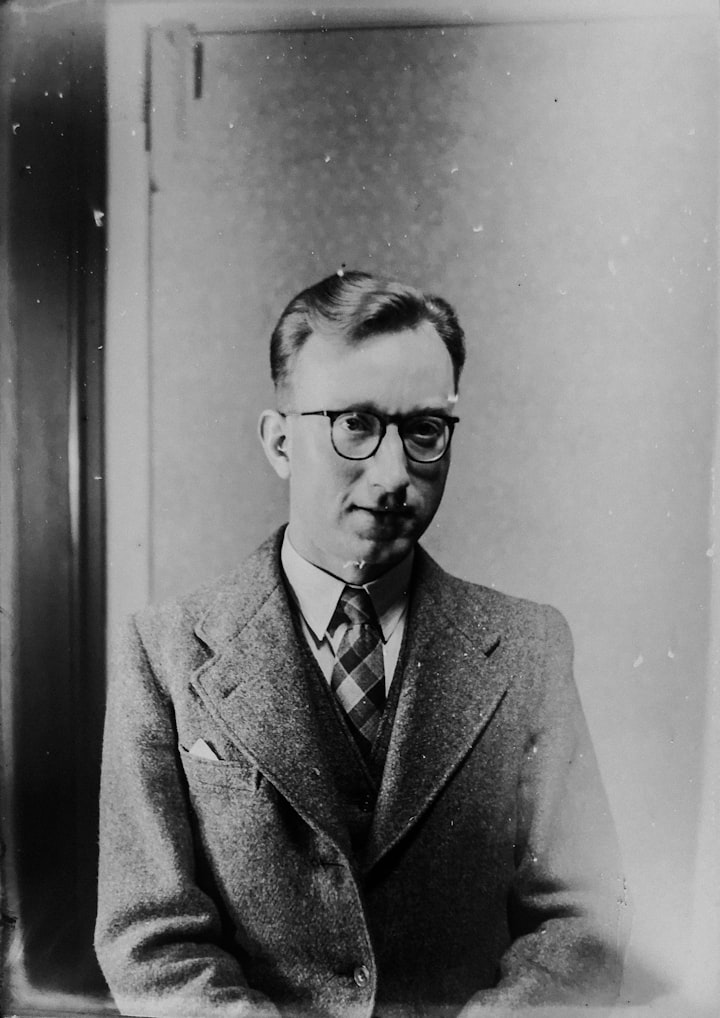Transforming Memories: The Art of Colorizing and Restoring Vintage Photographs
click here to restore your photo

There's something magical about old photographs. They have the power to transport us to another time and place, to show us snippets of history in a way that words alone cannot. But as time goes by, these precious memories can fade and deteriorate, leaving us with only a shadow of their former glory. That's where the art of colorizing and restoring vintage photographs comes in. With the help of skilled professionals, these treasured images can be brought back to life in vivid color and sharp detail. From sepia-toned portraits of our ancestors to snapshots of bygone eras, the transformation is truly remarkable. Not only does this process preserve our history for future generations, but it also allows us to connect with our past in a whole new way. So if you have a stack of old family photos gathering dust, consider taking the leap and transforming them into timeless treasures that will be cherished for years to come.
The Importance of Preserving Memories
Memories are a precious part of our lives. They remind us of the people we love, the places we've been, and the experiences we've had. This is why preserving them is so important. One of the most effective ways to do this is through photography. Photographs capture a moment in time that can never be replicated. They allow us to look back on our lives and remember the people and places that have shaped us. But as time goes by, these photographs can become faded, damaged, or lost. This is where the art of colorizing and restoring vintage photographs comes in. By preserving these images, we are able to keep our memories alive for future generations.
The History of Photography Restoration
The restoration of photographs is a process that has been around since the early days of photography. In the 1800s, photographers began experimenting with different chemicals and techniques to improve the quality of their images. As photography evolved, so did the methods used to restore and preserve these photographs. In the early 1900s, photographers began using retouching techniques to repair damage and enhance the quality of their images. This involved manually altering the photograph using pencils, inks, and other tools. In the 1980s, digital technology revolutionized the field of photography restoration. Software and tools were developed that allowed for precise restoration and colorization of vintage photographs.
The Difference Between Colorizing and Restoring
Colorizing and restoring are two distinct processes, but they often go hand in hand. Restoration involves repairing damage to the photograph, such as scratches, tears, and fading. This process is essential for preserving the photograph and ensuring that it can be enjoyed for years to come. Colorizing, on the other hand, involves adding color to a black and white or sepia-toned photograph. This process can bring new life to an old photograph, giving it a fresh look and feel. Both of these processes require skill and expertise to achieve the desired results.
Methods for Colorizing and Restoring Vintage Photographs
There are a variety of methods used for colorizing and restoring vintage photographs. Some of the most common methods include:
Hand coloring: This involves manually adding color to a black and white or sepia-toned photograph using pencils or inks. This method is time-consuming and requires a great deal of skill, but it can produce stunning results.
Digital restoration: This involves using software to repair damage to the photograph and enhance its quality. This method is often faster and more efficient than manual restoration, but it requires knowledge of specialized software and techniques.
Digital colorization: This involves using software to add color to a black and white or sepia-toned photograph. This method can produce realistic and lifelike colors, but it requires a great deal of skill and knowledge of color theory.
Tools and Software for Colorizing and Restoring Photographs
There are a variety of tools and software available for colorizing and restoring vintage photographs. Some of the most popular software programs include Adobe Photoshop, Corel PaintShop Pro, and GIMP. These programs offer a range of tools and features that make it easier to restore and colorize photographs. In addition to software, there are also specialized tools available for restoring and repairing photographs, such as photo scanners and negative scanners.
Tips for Successful Colorizing and Restoration
If you're interested in colorizing and restoring vintage photographs, there are a few tips that can help you achieve the best results. These include:
Choose high-quality scans: The quality of the scan will have a big impact on the final result. Choose high-resolution scans that capture all of the details of the photograph.
Be patient: Colorizing and restoring photographs is a time-consuming process that requires patience and attention to detail.
Use reference materials: Look for reference materials, such as old advertisements or photographs, to get an idea of what colors to use when colorizing a photograph.
Practice: Like any skill, colorizing and restoring photographs takes practice. Start with simple photographs and work your way up to more complex ones as you gain experience.
Examples of Colorized and Restored Vintage Photographs
The transformation that can be achieved through colorizing and restoring vintage photographs is truly remarkable. Here are a few examples of colorized and restored vintage photographs:
A portrait of Abraham Lincoln: This photograph was taken in 1865, just a few months before Lincoln was assassinated. The original photograph was black and white, but it has been colorized to show Lincoln in lifelike colors.
A photograph of a young woman: This photograph was taken in the early 1900s and was originally sepia-toned. It has been restored to remove scratches and other damage and has been colorized to show the woman in vivid colors.
A photograph of soldiers during World War II: This photograph was taken in 1943 and was originally black and white. It has been restored to remove damage and has been colorized to show the soldiers in realistic colors.
How to Choose a Professional Colorizing and Restoration Service
If you're not comfortable colorizing and restoring photographs yourself, there are a variety of professional services available. When choosing a service, it's important to look for one that has experience and expertise in colorizing and restoring vintage photographs. Look for reviews and testimonials from other customers to get an idea of the quality of their work. It's also important to ask about their process and the tools and software they use to ensure that they are using the latest techniques and technology.
Conclusion: The Value of Preserving and Sharing Memories
In conclusion, the art of colorizing and restoring vintage photographs is an important way to preserve our memories and connect with our past. Whether you're interested in doing it yourself or using a professional service, the transformation that can be achieved is truly remarkable. By preserving these images, we are able to keep our memories alive for future generations and share our history in a way that is both meaningful and engaging. So if you have a stack of old family photos gathering dust, consider taking the leap and transforming them into timeless treasures that will be cherished for years to come.
click here to restore your photo
About the Creator
Marcin Kowalski
Welcome to my Fiverr profile! My name is Marcin , I am a professional graphic designer specializing in Adobe Photoshop. With over 4 years of experience.
Instagram:
https://www.instagram.com/marcin1kowalski/






Comments
There are no comments for this story
Be the first to respond and start the conversation.